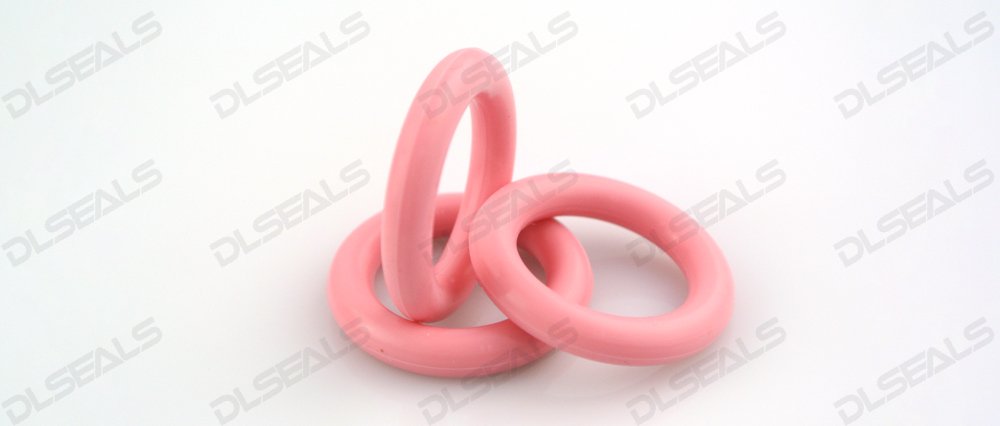Seal failures can lead to costly leaks and downtime in industrial operations. Detecting and repairing seal failures promptly is essential to maintain the efficiency and reliability of equipment. In this article, we’ll explore some effective strategies for identifying and fixing seal failures.
1. Regular Inspection:
Regular inspection of seals is crucial for early detection of any signs of wear, damage, or degradation. Visual inspections should be performed to check for cracks, tears, or deformation in the seal material. Additionally, measuring tools can be used to assess the dimensions of the seal and ensure it remains within tolerance.
2. Leak Testing:
Conducting leak tests can help identify seal failures that may not be visible during visual inspections. Various leak testing methods, such as pressure decay testing, bubble testing, or dye penetration testing, can be employed to detect leaks in seals. These tests should be conducted periodically to ensure the integrity of the seals.
3. Analyzing Performance Data:
Monitoring equipment performance data can provide valuable insights into seal health. Monitoring parameters such as pressure, temperature, and vibration levels can help identify abnormal operating conditions that may indicate seal failure. Anomalies in performance data should be investigated promptly to prevent potential leaks.
4. Root Cause Analysis:
When seal failures occur, it’s essential to conduct a thorough root cause analysis to determine the underlying reasons. Factors such as improper installation, material degradation, or excessive wear can contribute to seal failure. Addressing the root cause of the problem is essential to prevent recurrence of seal failures.
5. Repair or Replacement:
Once the cause of the seal failure has been identified, appropriate repair or replacement measures should be implemented. In some cases, minor repairs such as resealing or re-tightening may suffice. However, if the seal is severely damaged or degraded, replacement with a new seal may be necessary to ensure proper sealing performance.
6. Preventive Maintenance:
Implementing a proactive preventive maintenance program can help mitigate the risk of seal failures. This includes regular lubrication, cleaning, and inspection of seals, as well as replacement of seals at recommended intervals. Preventive maintenance helps identify potential issues before they escalate into major problems.
Conclusion:
Seal failures can have significant implications for industrial operations, leading to leaks, downtime, and costly repairs. By employing effective strategies for detecting and repairing seal failures, such as regular inspection, leak testing, performance monitoring, root cause analysis, and preventive maintenance, businesses can minimize the risk of seal-related issues and ensure the reliability of their equipment. Investing in proactive maintenance and timely repairs can ultimately save time, money, and resources in the long run.
Post time: Apr-01-2024

